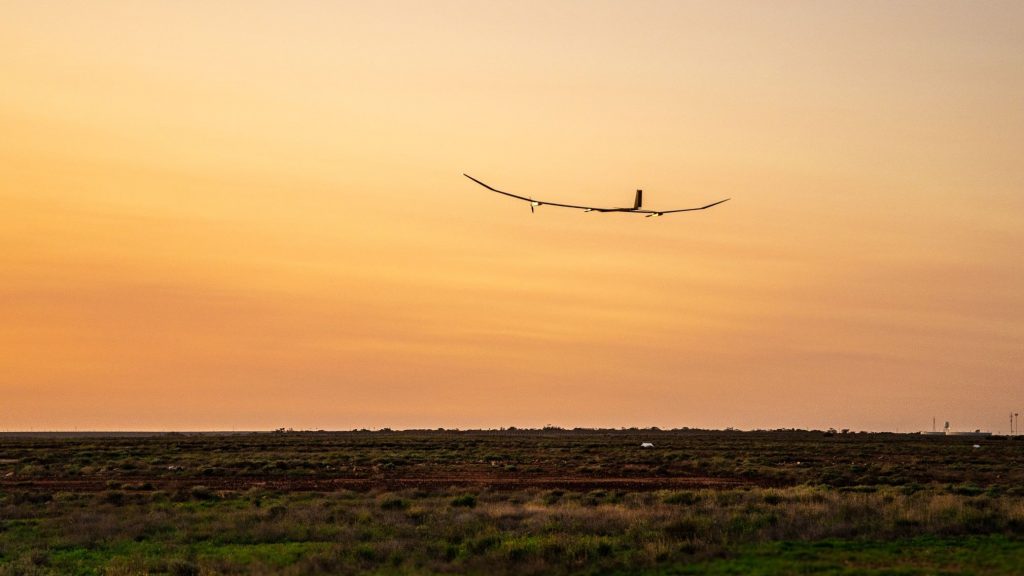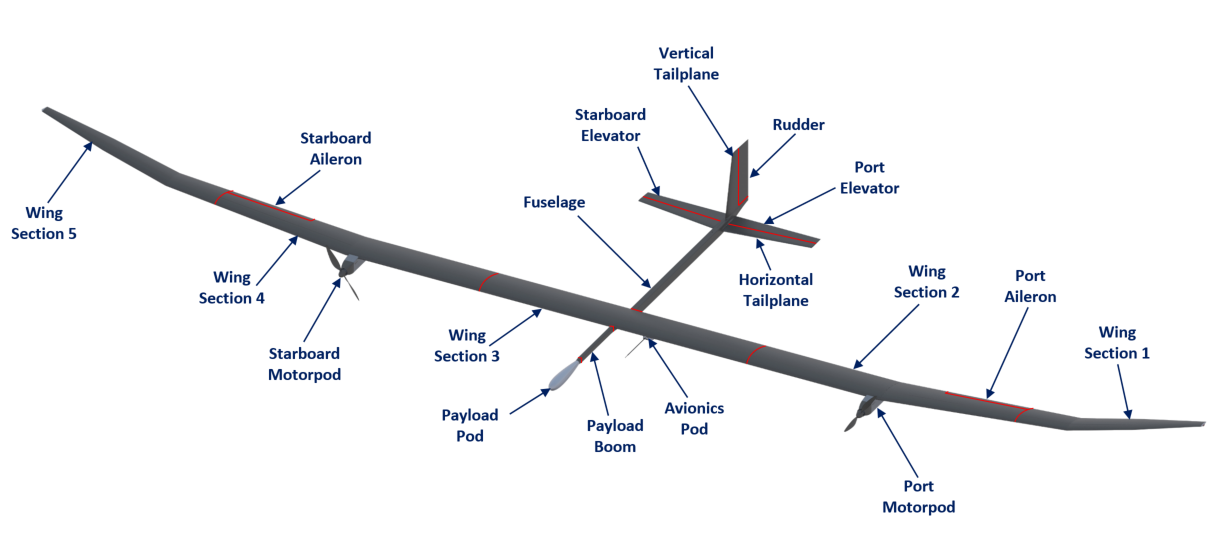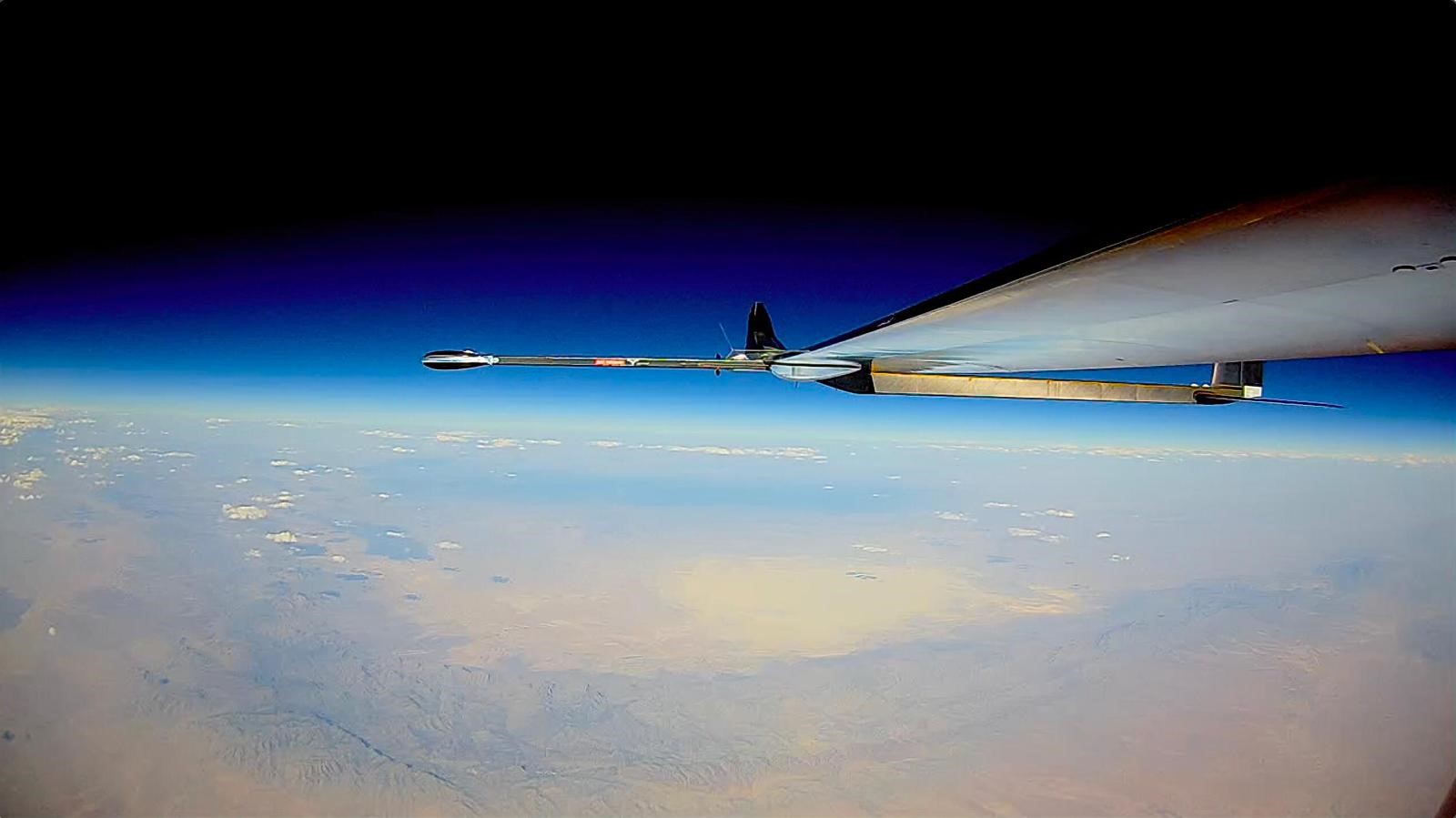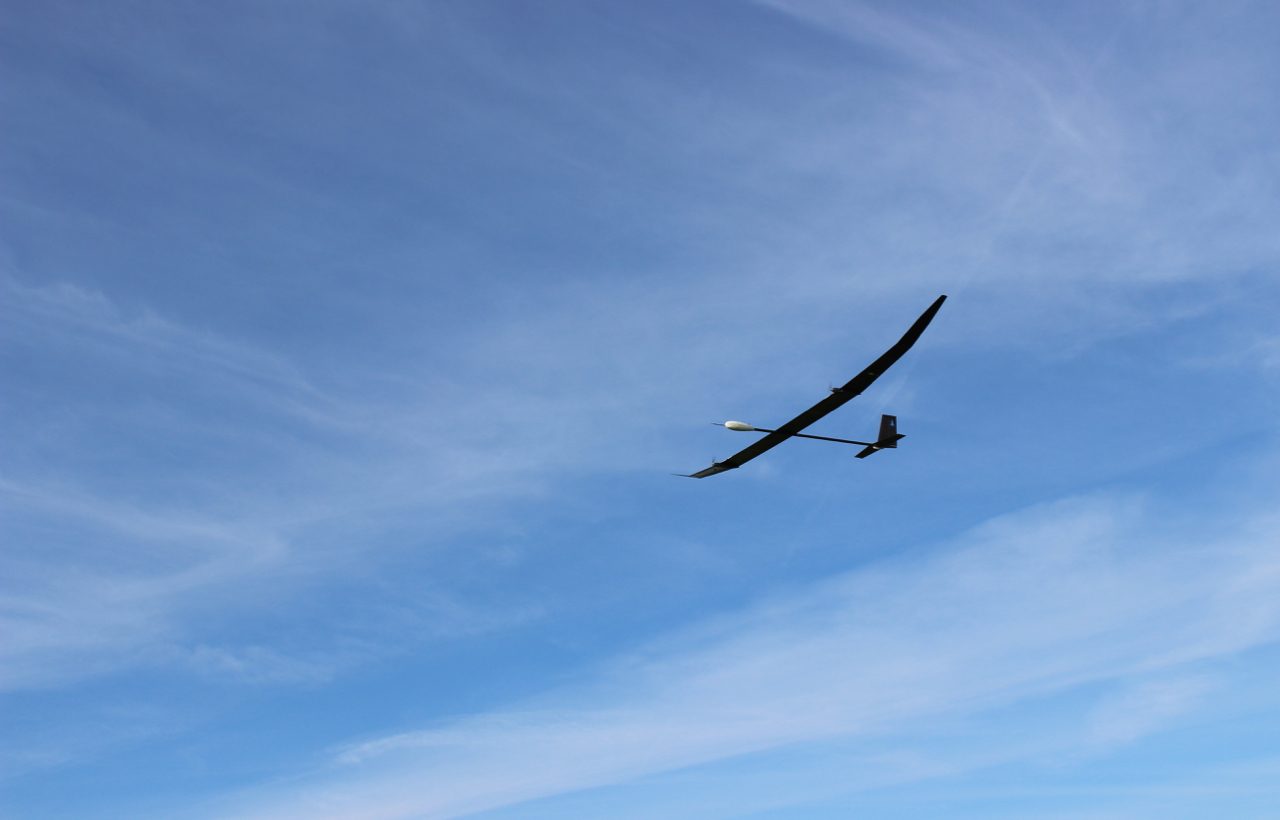PHASA-35 is a novel, ultra-light weight, solar-electric High Altitude Long Endurance (HALE) Uncrewed Air System (UAS) which provides an alternative and flexible approach to conventional systems such as satellites or conventionally powered aircraft for the provision of persistent and cost-effective imagery and communications.
Utilising a range of world-leading technologies including advanced composites, energy management and solar electric cells, photo-voltaic arrays are used to provide energy during the day which is stored in rechargeable cells to maintain flight overnight.
PHASA-35 is designed to provide a persistent, stable platform for monitoring, surveillance, communications and security applications. When connected to other technologies and assets, it will provide both military and commercial customers with capabilities that are not currently available from existing air and space platforms. The UAS also has the potential to be used in the delivery of communications networks including 5G, as well as provide other services, such as disaster relief and border protection, at a fraction of the cost of satellites.
Without the need to refuel, PHASA-35 is able to operate over an area of interest for several months, pushing the boundaries of aviation technology.
PHASA-35’s flexible payload design allows for a large and varied range of sensor capabilities to be carried and updated as technology advances, providing an extreme level of persistent coverage over a fixed target area from ISR and communications payloads unlike any conventional platform. The payload is self-contained in a dedicated payload pod and operates completely independently of the aircraft and aircraft ground control station.
Further key benefits include the simplicity of construction and ease of transportation, due to the relative low number of structures forming the overall assembly of the aircraft.
The 35m wingspan solar-electric aircraft successfully completed its maiden flight in 2020 after being designed, built and flown in less than two years.





